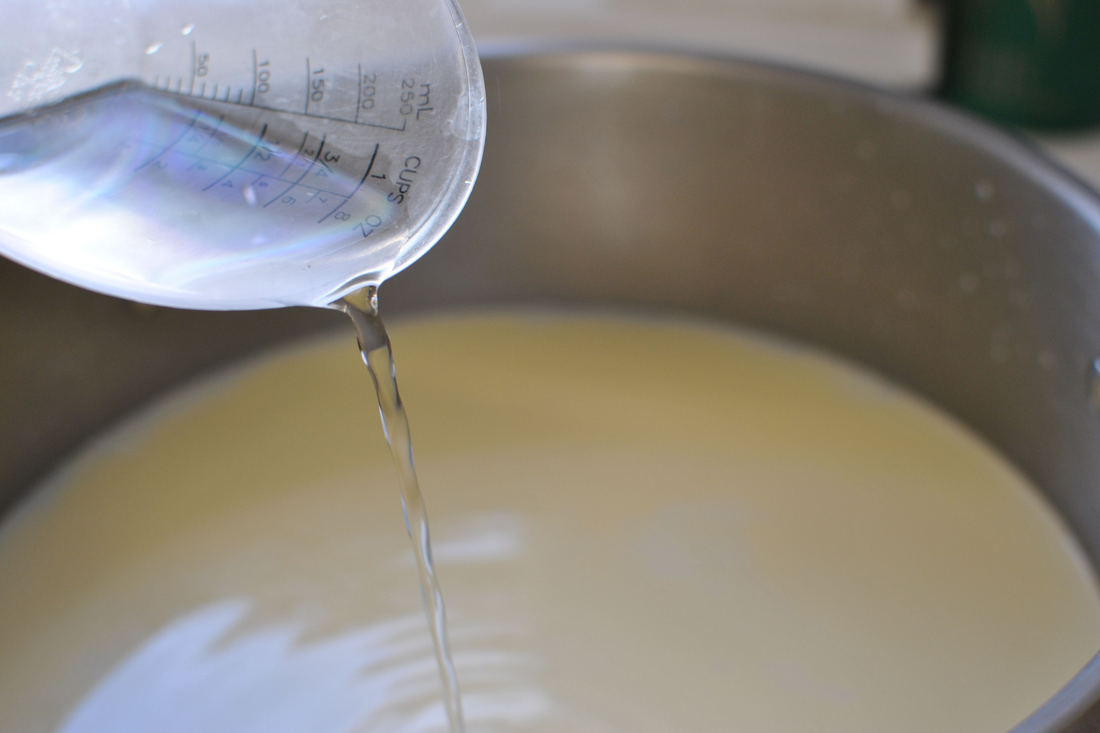
Adulteration in Milk and Milk Products
Milk is the natural and complete food that is consumed by the people of all ages from infants and small children to adults and elderly. The milk of each species seems to be a complete food as it is one of the best sources of protein, fats, carbohydrates, vitamins and minerals. Milk protein has superior nutritional values as it contains all the essential amino acids, rich in minerals like calcium and phosphorus and vitamins like vitamin B and D.
Milk is an essential part of Indian culture and holds a significant place in the hearts and homes of people across the nation. It is a key dietary component as daily nourishment and also holds a place in hospitality, religious rituals, ayurvedic medicines and cultural celebrations. In India, milk is used far beyond the diet and nutritional values and is consumed with love and trust.
But adulteration in Dairy products is a global concern due to lack of monitoring and policies. According to a report by the Animal Welfare Board, about 68.7 percent of the milk production in the country, along with milk byproducts were found to be laced with polluting ingredients. The adulteration of milk poses detrimental effects and threats to both human health and the economy.
REASONS FOR ADULTERATION
Adulterated milk and milk products can cause critical health hazards. The reasons for adulteration in dairy products are listed below :
1. Economic gains
By adding cheaper and inferior substances, Milk is adulterated to increase the sales volume and sell more at lower costs to gain higher market share.
The pursuit of economic gains through adulteration can lead to various negative consequences, such as compromising the quality and safety of food products, deceiving consumers, and undermining the integrity of the food industry.
2. Demand-supply gap
The demand-supply gap of milk is one of the important reasons for adulteration. There is a gap between the current growth rate and the required growth rate to meet the increasing demand, which leads to milk adulteration with harmful substances like urea, detergents, starch, oils, etc.
3. Shelf life
Perishable nature of milk and milk products is a topic of concern when it comes to preventing them from going bad, for longer periods of time. To slow down the natural deterioration of these products, the producers use preservatives like hydrogen peroxide and formalin.
With this practice, the longevity of the product extends but has serious effects on human health including gastrointestinal complications, food poisoning and organ damage.
4. Long supply chain
The complexity and length of the supply chain creates opportunities for adulteration. Between the producer of milk and the consumer, there is a long chain of collecting agents, packaging plants, stockiest, market distributors and retailers. Longer the chain, more is the possibility of intentional and unintentional contamination and adulteration of milk.
Longer the chain, more is the need to maintain proper temperatures and hygiene in maintenance of the milk. It takes 2-4 days of time for the Milk and milk products to travel from the farmer to the consumer.
ADULTERANTS AND ITS HEALTH IMPACTS
Listed below are known adulterants found in milk and milk products:
|
Sr. no. |
Adulterants |
Reason for adulteration |
Health Impacts |
|
1. |
Water |
To increase the volume of milk. |
Nutritional deficiency, typhoid, cholera, jaundice. |
|
2. |
Sugars |
Increases volume and sweetness. |
Weight gain/Obesity, tooth decay, insulin resistance & type 2 diabetes. |
|
3. |
Maltose and HFCS |
Increases volume and sweetness. |
Fatty liver, metabolic disorders, obesity, insulin resistance, risk of heart diseases. |
|
4. |
Vegetable oils (Vanaspati, palm, corn, soybean) |
Increases fat percentage and volume. |
Obesity, allergic reactions, inflammation, heart issues, decreased nutritional intake. |
|
5. |
Thickening agents (Starch, Flour, whey powder, skimmed milk powder) |
Gives creamy texture. |
Gastro-intestinal issues (Gas, bloating, diarrhea). |
|
6. |
Urea |
Adjusting non-protein nitrogen in milk. |
Nausea, vomiting, gastritis. |
|
7. |
Hydrogen peroxide |
To increase the shelf life of milk and prevent bacterial growth and curdling of milk. |
Increases heart rate, cardiac arrhythmia, gastro-intestinal problems and early ageing. |
|
8. |
Formalin (formaldehyde) |
Increases shelf life of milk. |
Skin and eyes irritation, ulcers in gastro-intestinal tract, nausea, increased risk of cancer. |
|
9. |
Increases the visible protein content of milk. |
Kidney stones & kidney failure. |
|
|
10. |
Oxytocin |
Injected into cattle to produce extra amounts of milk. |
Hormonal imbalances in males and females, male breasts, early menstruation and breast growth in young girls, memory loss, kidney and heart issues, irregular menstrual flow, etc. |
|
11. |
Detergents and Sulphate salts. |
Gives characteristic white color and gives frothy feature. |
Gastro-intestinal complications, gastritis, inflammation of intestine, cancer and related problems. |
In conclusion, the adulteration of dairy products poses significant health risks, ranging from digestive problems to long-term health complications. These products are regularly consumed as a source of complete food to reap nutrition and multiple health benefits. Consumers must remain vigilant and opt for trusted sources of milk and milk products who provide farm fresh milk, without any additives and preservatives.





